Herbert Spohn0521836972, 9780521836975, 9780511216169
Table of contents :
Cover……Page 1
Half-title……Page 3
Title……Page 5
Copyright……Page 6
Dedication……Page 7
Contents……Page 9
Preface……Page 13
Symbols……Page 15
1 Scope, motivation, and orientation……Page 19
Part I Classical theory……Page 23
2 A charge coupled to its electromagnetic field……Page 25
2.1 The inhomogeneous Maxwell–Lorentz equations……Page 26
2.2 Newton’s equations of motion……Page 30
2.3 Coupled Maxwell’s and Newton’s equations……Page 31
2.4 The Abraham model……Page 35
2.5 The relativistically covariant Lorentz model……Page 40
2.5.1 The four-current density……Page 42
2.5.2 Relativistic action, equations of motion……Page 45
Section 2.3……Page 48
Section 2.5……Page 49
3.1 Extended charge models (1897–1912)……Page 51
3.2 Nonrelativistic quantum electrodynamics……Page 54
3.3 The point charge……Page 55
3.4 Wheeler–Feynman electrodynamics……Page 59
Section 3.1……Page 60
Section 3.4……Page 61
4.1 The Abraham model……Page 62
4.2 The Lorentz model……Page 66
4.3 The limit of zero bare mass……Page 69
Section 4.1……Page 70
Section 4.3……Page 71
5 Long-time asymptotics……Page 72
5.1 Radiation damping and the relaxation of the acceleration……Page 73
5.2 Convergence to the soliton manifold……Page 77
5.3 Scattering theory……Page 79
Section 5.1……Page 81
Section 5.3……Page 82
6 Adiabatic limit……Page 83
6.1 Scaling limit for external potentials of slow variation……Page 84
6.1.1 Appendix 1: How small is ε?……Page 89
6.1.2 Appendix 2: Adiabatic protection……Page 90
6.2 Comparison with the hydrodynamic limit……Page 92
6.3 Point-charge limit, negative bare mass……Page 93
Section 6……Page 96
Section 6.3……Page 97
7 Self-force……Page 98
7.1 Memory equation……Page 99
7.2 Taylor expansion……Page 101
7.3 How can the acceleration be bounded?……Page 104
Section 7.2……Page 107
Section 7.3……Page 108
8 Comparison dynamics……Page 109
8.1 An example for singular perturbation theory……Page 112
8.2 The critical manifold……Page 113
8.3 Tracking of the true solution……Page 115
8.4 Electromagnetic fields in the adiabatic limit……Page 118
8.5 Larmor’s formula……Page 119
Section 8.2……Page 122
Sections 8.3, 8.4, and 8.5……Page 123
9 The Lorentz–Dirac equation……Page 124
9.1 Critical manifold, the Landau–Lifshitz equation……Page 125
9.2 Some applications……Page 127
9.3 Experimental status of the Lorentz–Dirac equation……Page 132
Section 9……Page 134
Section 9.2……Page 135
Section 9.3……Page 136
10.1 Effective spin dynamics of the Lorentz model……Page 137
10.2 The Abraham model with spin……Page 139
10.3 Adiabatic limit and the gyromagnetic ratio……Page 143
Section 10.1……Page 146
Section 10.3……Page 147
11.1 Retarded interaction……Page 148
11.2 Limit of small velocities……Page 150
11.3 The Vlasov–Maxwell equations……Page 156
11.4 Statistical mechanics……Page 157
Section 11.1……Page 160
Section 11.3……Page 161
Section 11.4……Page 162
12 Summary and preamble to the quantum theory……Page 163
Part II Quantum theory……Page 165
13 Quantizing the Abraham model……Page 167
13.1 Lagrangian and Hamiltonian rewriting of the Abraham model……Page 168
13.2 The Pauli–Fierz Hamiltonian……Page 171
13.3 Fock space, self-adjointness……Page 178
13.4 Energy and length scales……Page 182
13.5 Conservation laws……Page 185
13.6 Boundary conditions and the Casimir effect……Page 187
13.7 Dipole and single-photon approximation……Page 189
(i) Dipole approximation……Page 190
(ii) Single-photon approximation……Page 191
Section 13.2……Page 192
Section 13.7……Page 193
14.1 Functional integral representation……Page 195
14.2 Integrating out the Maxwell field……Page 205
(i) Positivity improvement……Page 209
(ii) Diamagnetic inequality……Page 211
(iii) Photon expectations……Page 212
Section 14.1……Page 216
Section 14.3……Page 217
15 States of lowest energy: statics……Page 218
15.1 Bound charge……Page 219
15.2 Energy–momentum relation, effective mass……Page 222
15.2.1 Appendix: Properties of E(p)……Page 229
15.3 Two-fold degeneracy in the case of spin……Page 234
Section 15.1……Page 236
Section 15.3……Page 237
16 States of lowest energy: dynamics……Page 238
16.1 The time-adiabatic theorem……Page 239
16.2 The space-adiabatic limit……Page 242
16.3 Matrix-valued symbols……Page 246
16.4 Adiabatic decoupling, effective Hamiltonians……Page 250
16.5 Semiclassical limit……Page 254
16.6 Spin precession and the gyromagnetic ratio……Page 257
Section 16.1……Page 261
Section 16.4……Page 262
Section 16.5……Page 263
Section 16.6……Page 264
17 Radiation……Page 265
17.1 N-level system in the dipole approximation……Page 266
17.2 The weak coupling theory……Page 268
17.3 Resonances……Page 275
17.4 Fluorescence……Page 281
17.5 Scattering theory……Page 286
Section 17.1……Page 292
Section 17.2……Page 293
Section 17.5……Page 295
18 Relaxation at finite temperatures……Page 297
18.1 Bounded quantum systems, Liouvillean……Page 298
18.2 Equilibrium states and their perturbations, KMS condition……Page 301
18.3 Spectrum of the Liouvillean and relaxation……Page 303
18.4 The Araki–Woods representation of the free photon field……Page 306
18.5 Atom in interaction with the photon gas……Page 308
18.6 Complex translations……Page 311
18.7 Comparison with the weak coupling theory……Page 315
Sections 18.1–18.6……Page 316
Section 18.7……Page 317
19 Behavior at very large and very small distances……Page 318
19.1 Infrared photons……Page 319
19.2 Energy renormalization in Nelson’s scalar field model……Page 322
19.3 Ultraviolet limit, energy and mass renormalization……Page 330
19.3.1 Self-energy……Page 331
19.3.2 Effective mass……Page 334
19.3.3 Binding energy……Page 337
19.3.4 Lamb shift and line width……Page 339
19.3.5 g-factor of the electron……Page 340
Section 19.2……Page 341
Section 19.3……Page 342
20 Many charges, stability of matter……Page 344
20.1 Stability of atoms and molecules……Page 346
20.2 Quasi-static limit……Page 349
20.3 H-stability……Page 352
Notes and references……Page 355
Section 20.3……Page 356
References……Page 357
Index……Page 376
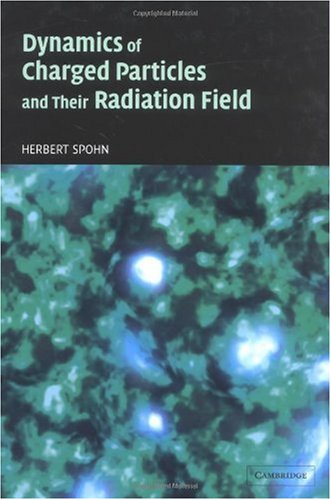
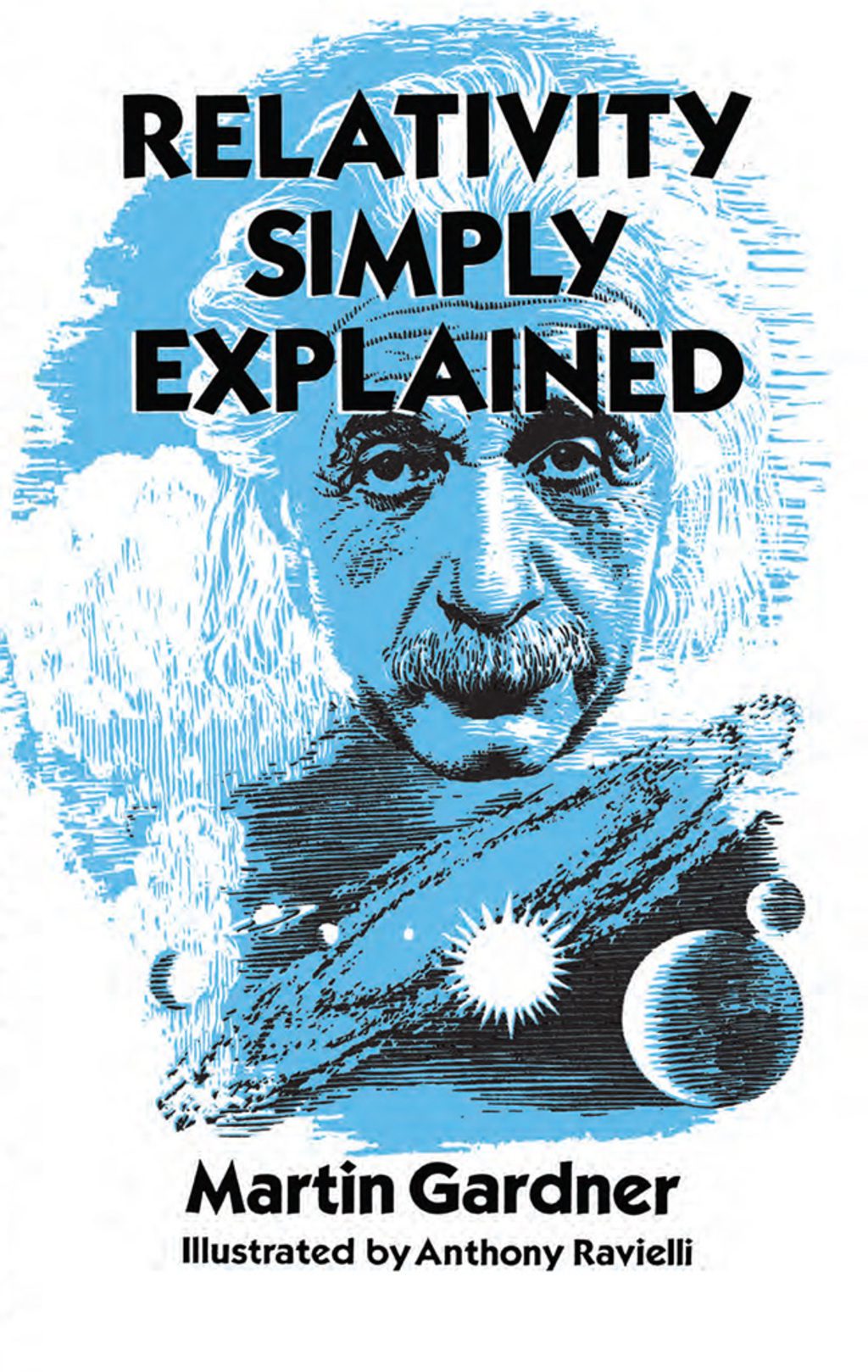

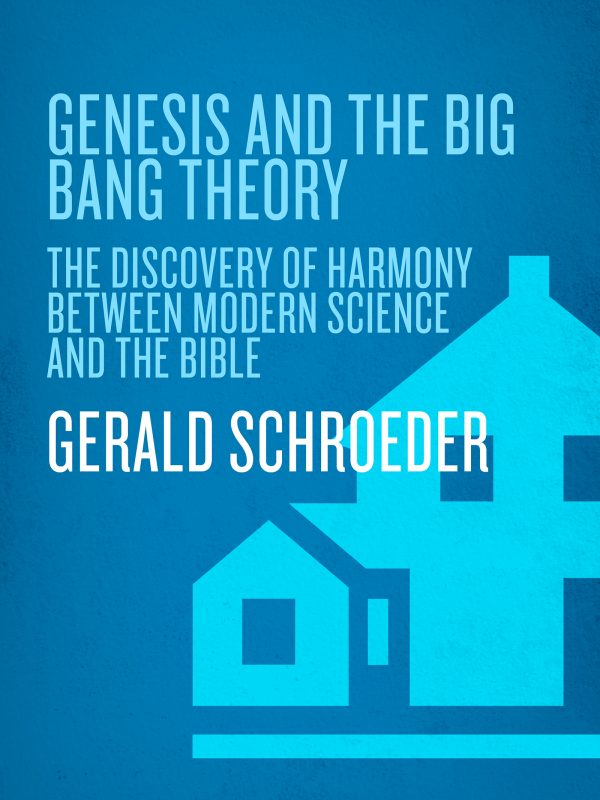
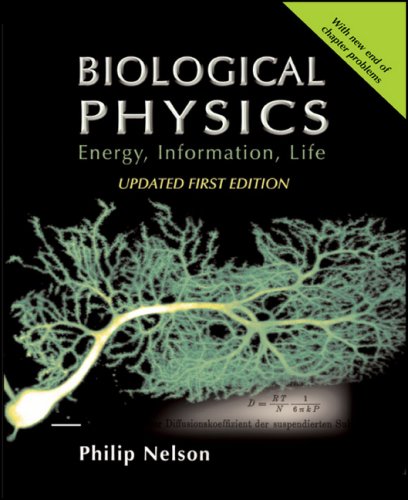
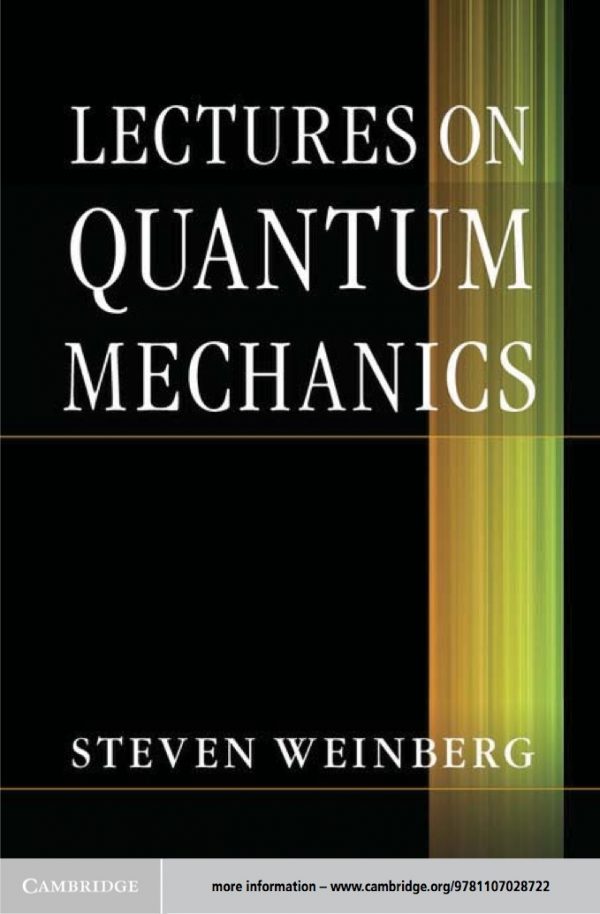

Reviews
There are no reviews yet.